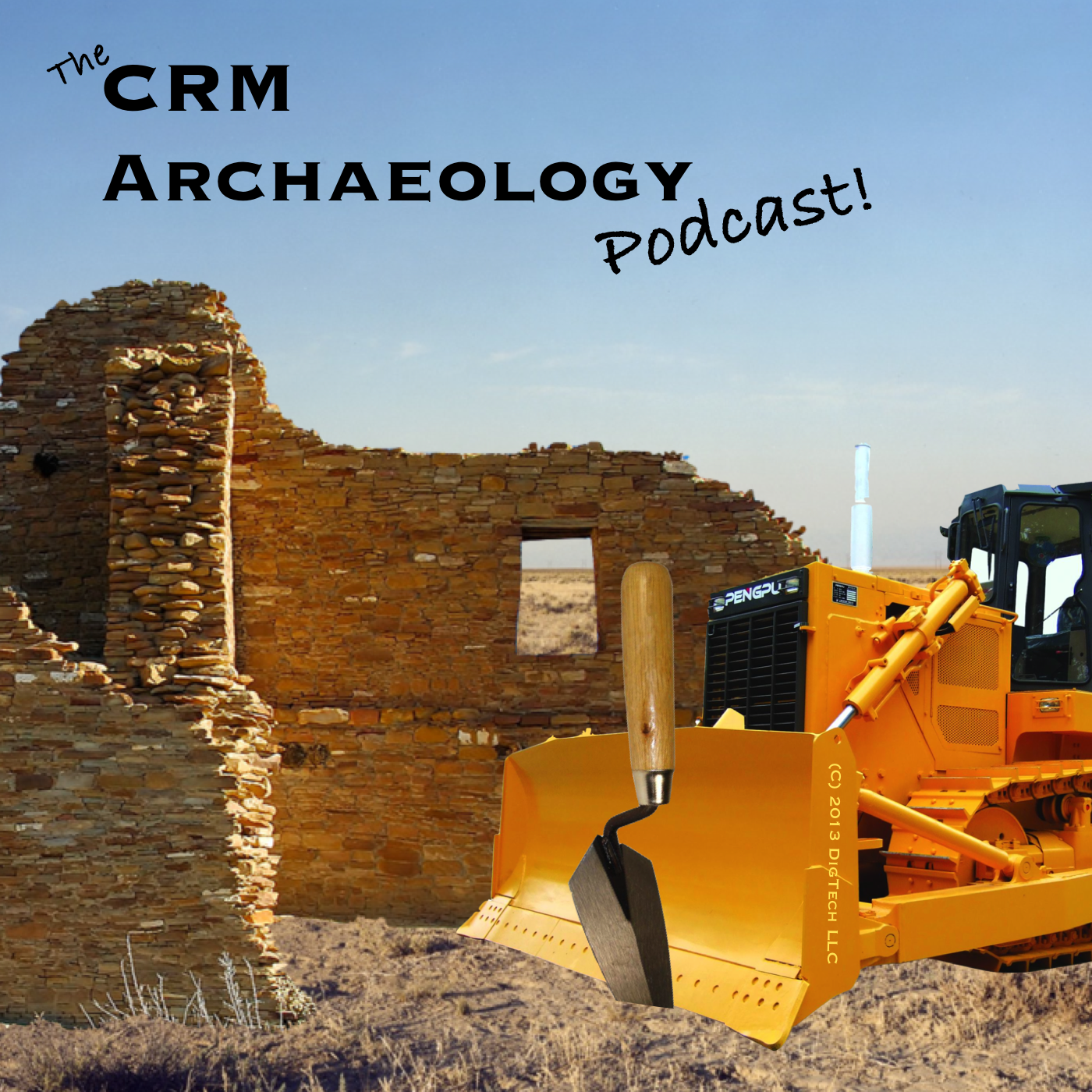As many of my readers know, I've had a long running series of posts called the Shovelbum's Guide. The posts are designed for field archaeologists and cover a variety of topics. Well, I've blogged earlier about Left Coast Press publishing those posts into a book. For the last several months I've been editing, adding to, and revising my posts. I'm glad to announce that the book is now available for pre-order, in paperback and eBook, on the Left Coast Press site for $24.95! It won't be out until about April, but, now is a great time to tell friends and family to get you a copy for the holidays.
The book's sections are designed to take you from college, to getting a job, to living on the road, to unemployment, and to coming back after a long break. I've also included a few helpful appendices. My goal is to see people using this book in the field. I'd love to see someone with a copy that is dog-eared, has notes written inside of it, and has coffee and dirt stains on the cover! That means it's getting used and that people are getting something out of it!
So, pre-order a copy before your holiday comes up. If you're into autographs for books, like I am, I'll sign your copy in Austin at the 2014 SAAs!
Here is the table of contents:
Section 1: Getting A Job
1. Education
2. The Curriculum Vitae And The Résumé
3. Cover Letter
4. Job Hunting
5. The Interview
Section 2: Shovelbumming
6. Essential Gear
7. Types Of Projects
8. Job Positions
9. Lodging
10. Hotels
11. Cooking On The Road
12. Camping
Section 3: Location, Location, Location
13. The UTM Grid
14. Township And Range
15. Smithsonian Trinomials
16. Mapping
Section 4: Good To Know
17. Dimensional Lumber
18. Munsell Book Of Color
Section 5: The End, For Now
19. Unemployment
20. Preparing For The Winter
21. Coming Back
Appendices
Example CVs And Resumes
Cover Letters
Interview Questions
Dimensional Lumber
Fieldwork Checklist
Winter Checklist
That's it! I'll remind you later, but, I expect harsh criticism so, together, we can make the second edition even more helpful.
Thanks for reading and I'll see you in the field!





